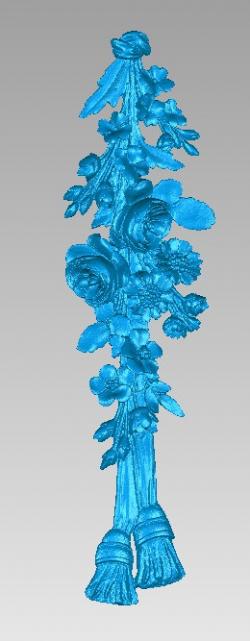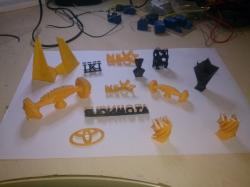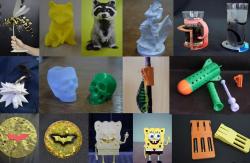 3D Models Rose & flower
3D Models Rose & flower 3d Printed Rose
3d Printed Rose 3D Printed Models
3D Printed Models  3D printed models
3D printed models 3D printed models
3D printed models 3D PRINTED MODELS
3D PRINTED MODELSFinding 3D Printed Rose Models
The internet is a treasure trove of 3D models for those looking to print their own roses. Platforms like Thingiverse and CGTrader offer a wide array of rose designs, ranging from highly detailed, realistic roses to more stylized or abstract interpretations. Each model comes with its own set of characteristics, including petal detail, stem design, and overall form, catering to different tastes and printing capabilities.
For example, on platforms like Thingiverse, you can find various rose models tagged under “rose,” each with unique features and designed for different printing requirements. Similarly, CGTrader provides an extensive collection of free and premium rose models suitable for various types of 3D printers, including FDM, SLA, and SLS, among others.
Tips for 3D Printing Roses
When it comes to 3D printing a rose, the devil is in the details. Here are some tips to help you achieve the best results:
- Material Choice: PLA is a popular choice for printing roses due to its ease of use and good detail. However, for more durability or a different finish, materials like ABS, PETG, or even flexible filaments can be considered.
- Layer Height: A lower layer height will result in finer detail on the petals and leaves, enhancing the realistic appearance of the rose.
- Supports: Depending on the model, you may need to use supports, especially for intricate petal designs or overhanging parts. Ensure that the supports are easy to remove to avoid damaging the model.
- Post-Processing: After printing, you may need to clean up the model by removing supports, sanding rough edges, or even painting the rose to add color and life.
One intriguing example is the “Realistic Rose” model by DasMia, which comes with various petal sizes and a center piece, requiring assembly after printing. This model demonstrates the complexity and beauty that can be achieved with 3D printing, offering a step-by-step approach to building a lifelike rose.
Q&A on 3D Printed Roses
Q: Can 3D printed roses achieve the same level of detail as real roses? A: While 3D printing technology has advanced significantly, capturing the exact detail and texture of a real rose is challenging. However, many models come very close, with intricate petal details and lifelike forms.
Q: What is the best color filament to use for a realistic look? A: Red, pink, and yellow filaments can produce beautiful, lifelike roses. For added realism, consider using multiple filament colors and painting the model post-printing.
Q: How long does it take to print a 3D rose? A: The printing time can vary widely depending on the model’s complexity, the printer’s speed, and the chosen resolution. Smaller, simpler roses might take a few hours, while more complex designs could require over 12 hours.
Q: Are 3D printed roses durable? A: The durability of a 3D printed rose depends on the material used and the print quality. PLA and ABS offer good durability for decorative purposes.
Q: Can I print a rose in one piece, or do I need to assemble it? A: This depends on the model. Some roses are designed to be printed in one piece, while others, like the Realistic Rose by DasMia, require assembly from multiple parts to achieve a more detailed and lifelike appearance.
In conclusion, 3D printed roses are a beautiful blend of art and technology, offering a unique way to capture the essence of nature through digital fabrication. Whether you’re a seasoned 3D printing enthusiast or a beginner eager to try your hand at something new, the world of 3D printed roses is full of possibilities waiting to be explored.
